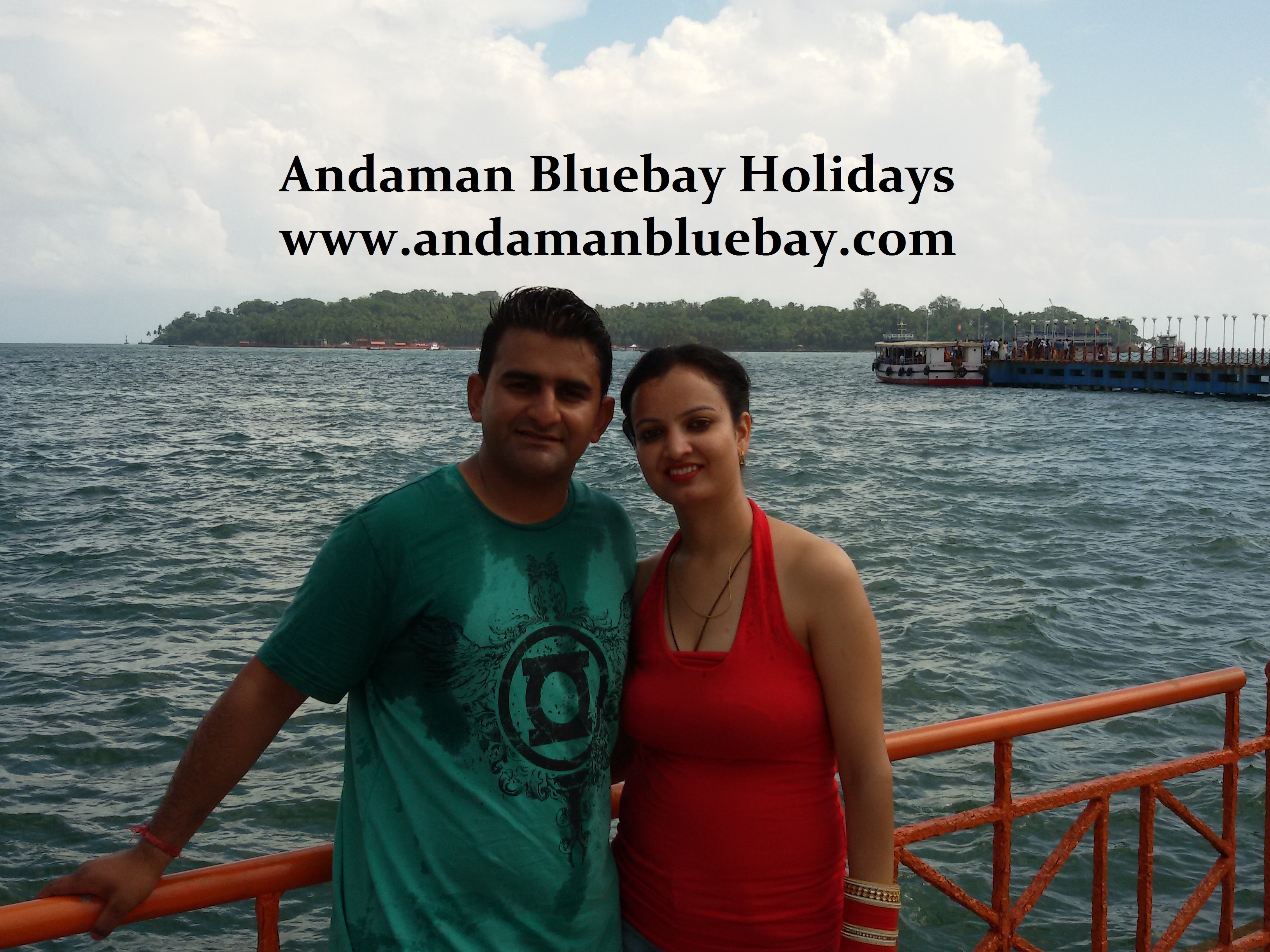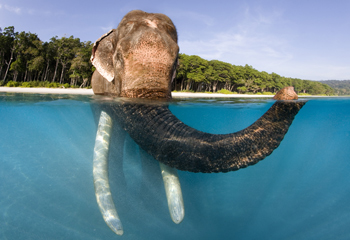My trip to Andaman and Nicobar Islands with my school to November was a fruitful and an eye opening experience.
Andaman and Nicobar Islands are a group of islands found at the junction between the Bay of Bengal and Andaman Sea. They form a Union territory of India and their southern fur is only 150 km above Indonesia. I visited the islands for my IB Group 4 or “science” trip inorder to learn about the local community and conduct experiments related to biodiversity.
I leaned to the islands are home to over 1,380 species of fish and surrounded by pristine coral. The islands are also a breeding ground for the critically endangered mammals in Dugong the islands mascot. Andaman Islands are also a paradise for birds. Over 206 species of birds are found on the islands, of which a staggering 106 are endemic. . The Naracondum Hornbill is one of those birds found on the extinct volcano island Naracondum. The islands also have Saltwater Crocodiles living in Andaman vast area of mangroves. The islands are blessed with a unique tropical rainforest canopy consisting of Indian, Myanmarese, Malaysian flower stems. Of the 2,200 varieties of plants Fund in Andaman and Nicobar 200 are endemic and 1300 did not happen on the Indian mainland. But it was not that, due to coral bleaching we were able to spot numerous species of crabs and marsupials like hermit crabs and scorpions. We also observed snakes, sea slugs, tadpoles and starfish. The snorkeling trip also provided us with a first hand experience of observing fish in their natural habitat; Unfortunately coral was bleached also.
On the fourth day of our trip we were privileged enough to learn about the tribal society of Andaman and Nicobar islands. A session was held at the residence Nicobarese tribe only physician. The flat where he lived was part of a resettlement plan made by the government after his native island; Car Nicobar was washed away in the tsunami in 2004. We were received warmly; this experience broke my longstanding prejudices against tribals, for I had always seen them as rash and impulsive. Before our interaction began, a tribal song performed for us. The song was about homeland and culture Nicobarese. After the song, the doctor talked about the geography of the island. He said the composition of the religions of the islands, the illiterate, etc. We learned that society is dominated by Christians (98%), while Muslims are also present in a small proportion. The current rate of literacy told us was about 90%, far above the Indian nation average of 71%. After a brief question and answer session where our knowledge of the community were improved, the men and women who performed the dance. The dances were symbolic of how society was closely knit. The discussion that continued was one of the most eye-opening discussions that I’ve ever had. We learned tribe had reached a stage where they could be compared with any developed country’s inhabitants. People were fully aware of tubectomy and actual procedure was performed often. They had a high standard of living and was an open society. The tribe had progressive outlook in almost all areas from marriage to their governance. Overall this talk was a very humbling and enlightening experience that had an impact far beyond my expectations. I learned to appreciate my roots and think of all the right light, most importantly, I learned not to be harmed. The discussion ended when the doctor told us about his sad and unfortunate experience in Delhi and hostility he stood with his family.
On the fifth day of our trip we had the opportunity to visit the local market in Neil Island for an interactive Q & A survey with local merchants. We were put in groups and could roam around the market are visiting stores to ask questions. We visited electrical shops, grocery stores, small restaurants etc.
The first store my group visited was a general electronics store. The shop was rented from a government establishment; hence the rent paid to the government. The electronics ranging from televisions and washing machines for smaller radio players. We were told that the products had to be imported from Bengal and thus obviously a tariff would be imposed. I asked the shopkeeper how goods were transported on the island, to which he replied by saying that he had to hire ferries to bring goods from the mainland to Neil Island.
Another stimulating part of the day was the visit to the daily needs shop. The merchant had a small store that was stuffed the items. He looked after the store with his wife. The shop belonged to his uncle who had given it to him to run the business and even stayed in Port Blair. The first question we asked him was the price he sold products like Coca Cola. He said Rs. 25, which was very surprising in the sense that the same bottle of Coke would be available on most of the other shops on the island of Rs. 40 it would be available at Rs. 30 on the mainland. It was commonly available for Rs. 40 because of the levies, however, Rs. 25 came as a shock when it was lower than the overall Rs. 30 as well.
Through these discussions I learned that maximize profit is not so important for the merchants. I realized how different life in Andaman and Nicobar Islands from the rest of India mainland, where material wealth has become the ultimate pursuit of life. These islands home to the world’s oldest surviving tribes is an example not only for India but also for the rest of the world. They have urbanized without releasing their roots and culture, which is a great achievement in a world where urbanization means Westernization, something not true.
Book Andaman Tour Package .







